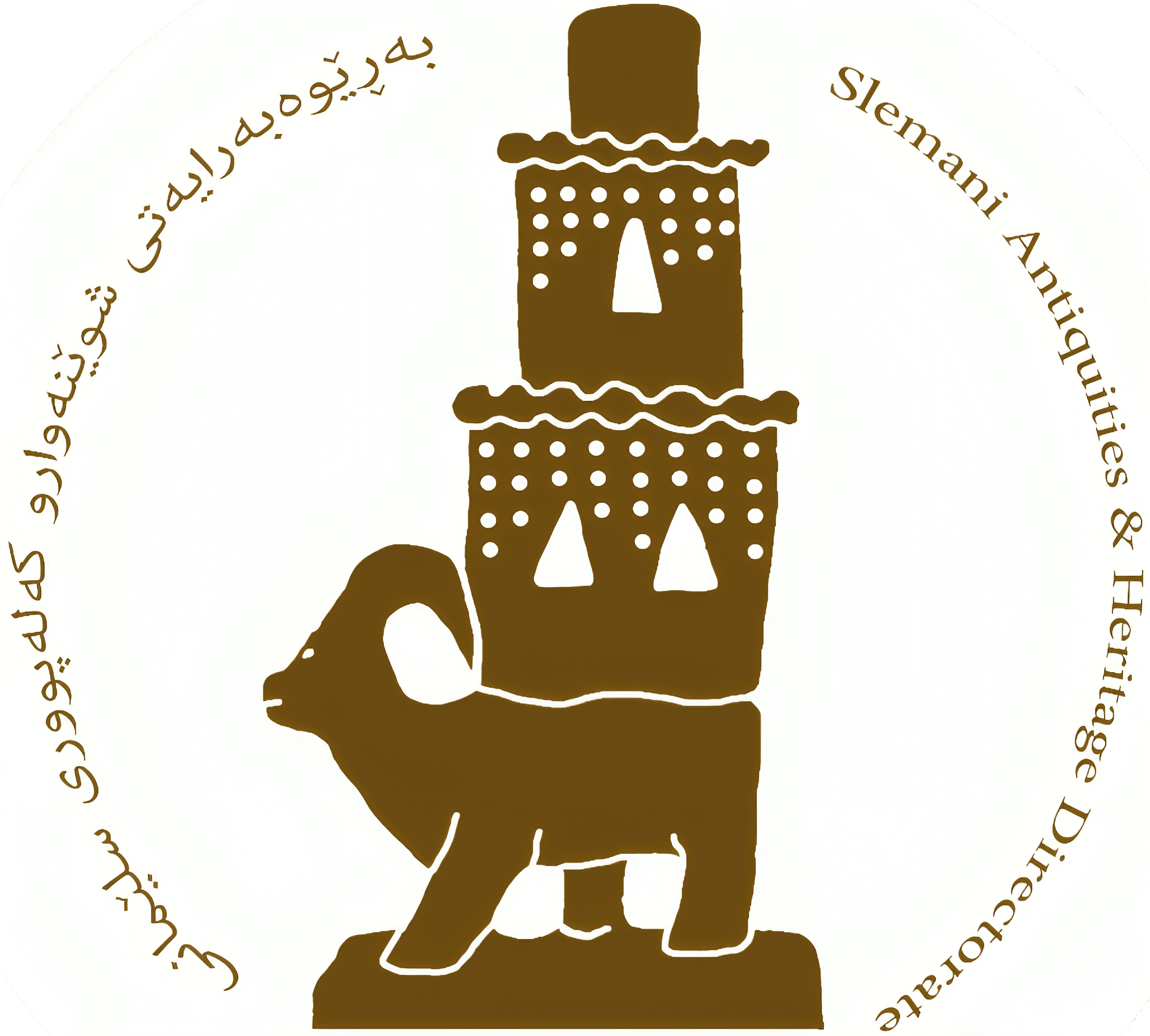Residential project in Chwartaq district
240111034934.jpg)
In the Chwartaq district, there is a residential project. As per the Guidelines for the Implementation of the Law on The Management and Preservation of Heritage the Kurdistan Region of Iraq No. 5 of 2021, which were published in Al-waqa'a Al-iraqiya Newspaper (306), Number (23) on 14/7/2023, Article (10) and paragraph (3) state that if the land area for a commercial project exceeding more than (10 Acres), a test pit needs to be excavated to determine if the land is an archaeological site or not. This requirement is due to the significance of this matter as per the archaeological administration's directive.
The project includes a residential development on land area number 72 of the 43rd sector, as well as a portion of the main road from 3/44 of the 43rd sector in Chwartaq. It is situated on the border of Chwartaq village in Arbat, covering an area of (84 Acres and 5 olk). The project is located in the northern part of Arbat district, adjacent to Chwartaq village.
The purpose of the test pit is to ensure that there are no archaeological remains present or the land is located at a considerable distance from the archaeological site. What is intriguing is that these projects are specifically designed to safeguard the archaeological sites and prevent any harm caused by the project.


240526040018.jpg)
